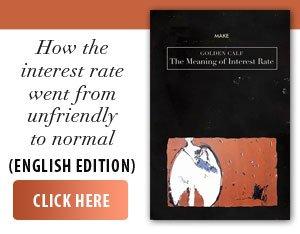Donald Trump has begun his second term as president of the United States (US) with relatively low public approval ratings, and there are few signs of a post-election uptick in support.
A visualcapitalist.com analysis, based on data from a Gallup poll conducted in April, presents the approval ratings enjoyed by American presidents in recent history during their first 100 days in office. The poll highlights these ratings starting on or before April 29 of each year.
According to the cited source, the average first-quarter approval rating for presidents elected between 1952 and 2020 is 60%, with John F. Kennedy (term 1961 - 1963) coming in at the top, with 81%. Next are Dwight David Eisenhower (term 1953 - 1961; approval rating 74%), Ronald Reagan (1981 - 1989; 67%), Jimmy Carter (1977 - 1981; 64%), Barack Obama (2009 - 2017; 63%), Richard Nixon (1969 -1974; 62%), G.W. Bush (2001 - 2009; 61%), G.H.W. Bush (1989 - 1993; 58%), Joe Biden (2021 - 2025; 57%), Bill Clinton (1993 - 2001; 55%), Trump, second term (2025; 44%), Trump, first term (2017 - 2021; 40%). Ratings for Presidents Lyndon B. Johnson (1963-1969) and Gerald Ford (1974-1977) were not available.
Note that Donald Trump began his second term with a 47% approval rating in January 2025, which had fallen to 44% by April-one of the worst starts to a presidential term in modern history. The rating is only slightly higher than the 40% he had in the first 100 days of his previous term-the lowest ever recorded by a newly elected U.S. president in modern history. There was a break between Trump's terms, unlike other presidents who served one or two consecutive terms.
According to the cited source, most of Trump's predecessors enjoyed a "honeymoon" in their first 100 days in office, with initial approval ratings well above 50%.
According to Gallup, most Americans have either "very little" (11%) or "almost no" (44%) confidence that Donald Trump will do the right thing for the US economy.
The US economy has suffered at the start of Trump's second term, with US GDP estimated to have fallen by 0.3% in the first quarter of 2025. This is the first quarterly decline since early 2022 to date.
At the same time, the US stock market has seen major volatility amid announcements related to US tariffs, falling 21% from its peak in February.



















































